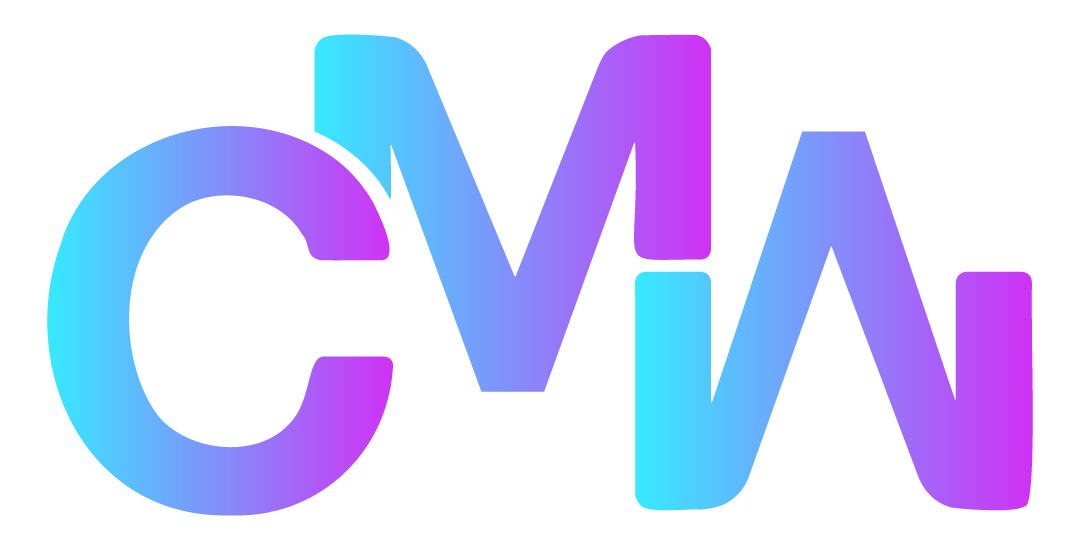Imagine a world in which you, a music lover, can have all your music needs met with one app. It’s not that far off. To borrow a somewhat geeky tech term, it’s called “full stack” music. And it makes a ton of good sense – for fans, for music makers, for venue owners and promoters.
First, let’s look at the main ways people experience music today:
- Radio – whether its AM / FM, online or satellite, someone else chooses for you, you sit back and enjoy the ride
- On-demand – choosing exactly what you want to listen to, at the exact moment you want to listen to it
- Live – a concert, festival or event
Today, those experiences are largely disconnected. Yes, there are services that combine a radio-like experience with on-demand and may even serve up some concert recommendations. But what if you could discover a new artist while listening to radio, were then able to listen to their full album and / or add specific tracks to a playlist, then buy a ticket to their concert all in one place? That’s full stack and it will have a force multiplier effect for the entire industry:
It ensures discovery translates to fandom
I remember the days when I heard a new song on the radio. At that point, I had two options if I wanted to hear it again: I could wait for it to come on the radio again or I could buy the single or album at a record store. And if I was lucky, I might score a ticket to that artist’s concert – assuming I knew they were in town. With a “full stack” experience, I not only hear new artists and songs, I have a way to more permanently make them part of my music collection and then go see them live.
It sells tickets – to the fans who want to see the shows
40 percent of live event tickets go unsold, primarily due to lack of awareness. 40.percent. That’s significant when you consider that some artists earn up to 80 percent of their income from touring. And although the live music industry is thriving (it’s a $6.2B business in North America alone), smaller venues are finding it harder and harder to succeed. The ability for a service to serve up personalized concert recommendations and remove the friction to purchasing tickets for events by all artists – from megastars playing huge venues to up and comers playing at the neighborhood spot – means more tickets get sold, more venues are filled and more shows get booked.
It gives artists new ways to connect directly with fans
On Pandora, for example, artists can record a message about a new album, tour or simply say thank you to fans. This message is then delivered to the listeners who have created a station around that artist or one of their songs. These messages have translated to album and ticket sales and social media engagement. Point being, when you give all artists tools to reach their fans one-to-one in an environment where they are already experiencing their music, great things happen.
—————————————————————————————————-
 Elizabeth Moody joined Pandora in March 2015 and serves as Vice President of Global Content Licensing. She has over 15 years of experience as a digital media executive advising digital music and video services including Spotify, Rdio, Mog, iMeem and MySpace and was previously Head of Music Partnerships at YouTube where she lead record label and music publisher relations, as well as sourcing, structuring and consummating content-driven transactions for the YouTube music business. Elizabeth will discuss full stack music, and the future during “Streaming: What’s Not To Like?” at Canadian Music Week 2016.
Elizabeth Moody joined Pandora in March 2015 and serves as Vice President of Global Content Licensing. She has over 15 years of experience as a digital media executive advising digital music and video services including Spotify, Rdio, Mog, iMeem and MySpace and was previously Head of Music Partnerships at YouTube where she lead record label and music publisher relations, as well as sourcing, structuring and consummating content-driven transactions for the YouTube music business. Elizabeth will discuss full stack music, and the future during “Streaming: What’s Not To Like?” at Canadian Music Week 2016.


